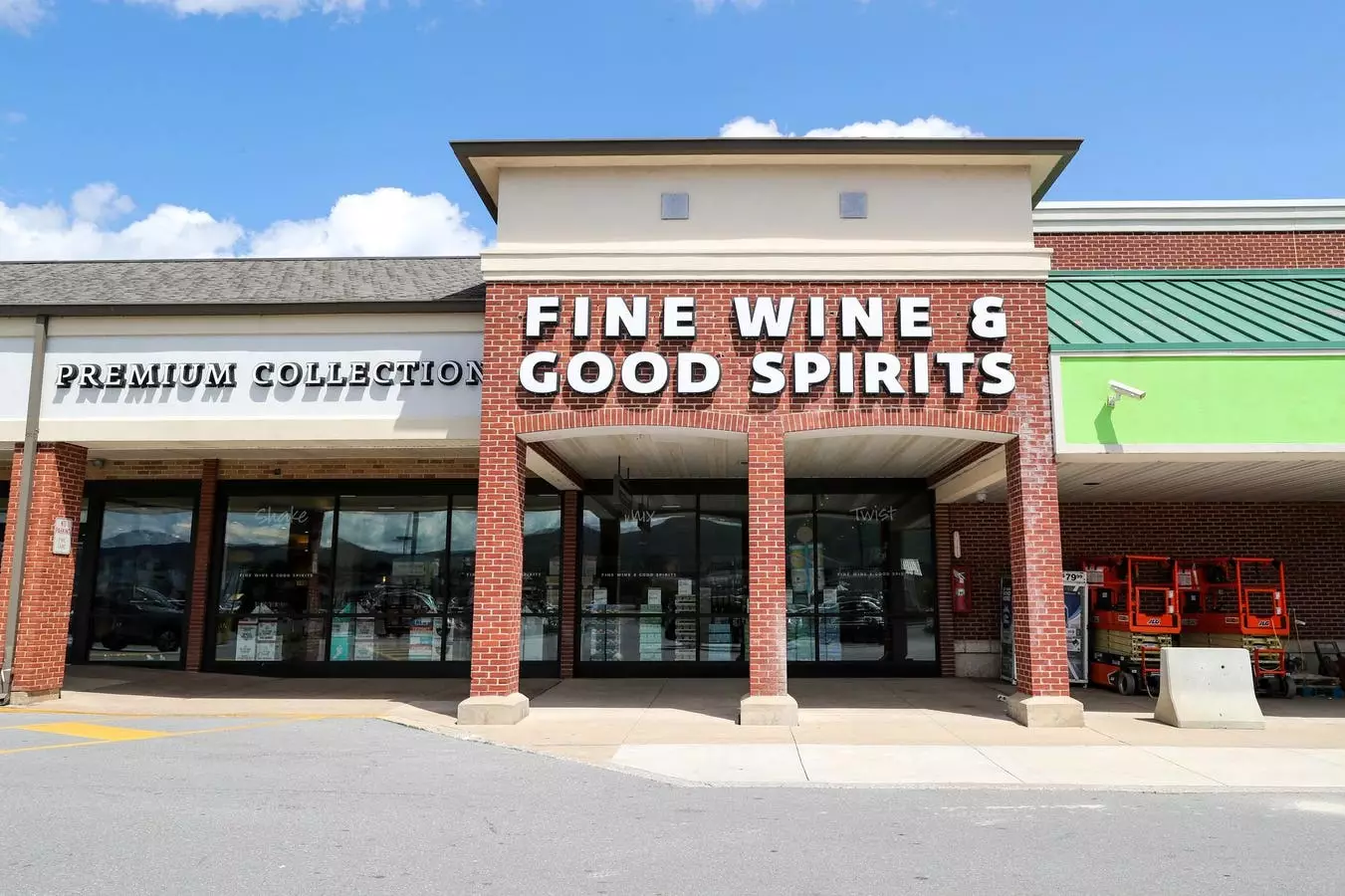In an unexpected turn of events for the liquor industry, the Distilled Spirits Council of the United States (DISCUS) reported a notable downturn in revenue for the year 2024, marking a 1.1% drop from the previous year. This decline, the first of its kind since the council began publishing annual economic reports in 2004, offers a nuanced reflection on the intricate relationship between consumer behavior and economic conditions, especially in light of persistent inflationary pressures.
The economic landscape has fundamentally shifted for consumers, with rising costs of essentials like housing and healthcare taking precedence over discretionary spending, including luxury items such as premium spirits. Christine LoCascio, the chief of policy, strategy, and membership at DISCUS, articulated this phenomenon during a virtual presentation, emphasizing that, despite a decline in inflation rates from their peaks, consumers are still grappling with elevated prices, ultimately leading to tighter budgets for non-essential purchases.
Impact on High-End Spirits
Particularly noteworthy within the report is the substantial decrease in demand for super-premium spirits, with Scotch whisky witnessing a dramatic double-digit drop in sales. The trend persisted across various categories, including blended whiskey and American whiskey, suggesting a broader struggle within the high-end segment of the market. While vodka remained stable, other categories such as rum, gin, and brandy also reported declines.
The situation reflects a changing tide in the spirits market, where once-thriving premiumization strategies—efforts to nudge consumers towards higher-priced offerings—are now being reassessed. Despite these challenges, the high-end and super-premium categories still represented a significant portion of the market, accounting for 41.5% of volume last year. This suggests that while consumers are cautious, they are not entirely abandoning premium products in favor of cheaper alternatives.
Amidst the turbulence, there are glimmers of opportunity for the spirits industry. The rise of ready-to-drink (RTD) cocktails, particularly those based on spirits, has emerged as a substantial growth area. The market for RTDs has expanded considerably, now accounting for 18% of the total market, up from just 8% three years ago. This trend signals a shift in consumer preferences toward convenience and innovation in how alcoholic beverages are consumed.
LoCascio noted the resilience of the spirits sector, which continues to dominate the market share among alcoholic beverages, maintaining a lead with 42.2% over beer and wine. This resilience amidst external pressures demonstrates the profound changes occurring within the industry’s landscape and consumer preferences.
Challenges Ahead: Tariffs and Regulatory Concerns
Looking to the future, potential tariffs represent a looming hurdle for the liquor industry. Recent decisions by the Trump administration to impose tariffs on commodities such as steel and aluminum have left many in the industry anxious about retaliatory measures affecting the export of American spirits. As posited by various industry leaders, the interdependence on international markets adds layers of complexity to the operational landscape, particularly for well-known spirits with geographic identities, such as bourbon from the U.S. and Scotch from Scotland.
Sonat Birnecker, president of Koval Distillery, articulated the industry’s concerns succinctly, stating that once a brand loses its market position, reclaiming that status becomes an arduous task. This underscores the delicate balance that producers must navigate in maintaining their market presence while advocating for favorable trade conditions.
In response to the shifting dynamics, the spirits industry appears committed to adapting and engaging with policymakers to address these challenges. Chris Swonger, president and CEO of DISCUS, emphasized the importance of the sector’s contribution to the economy and the potential repercussions of tariffs on exports of American-made spirits.
The liquor industry is currently at a crucial juncture, grappling with economic pressures, changing consumer preferences, and geopolitical factors. While the decline in revenue for 2024 is concerning, there are emerging trends that suggest adaptability and resilience within the market. The industry’s ability to navigate these complexities will determine its future trajectory, as it seeks to balance tradition with innovation and consumer engagement in an evolving marketplace.


Leave a Reply